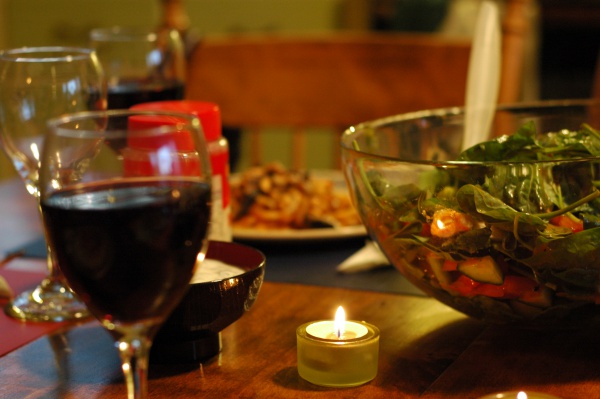Facts About Moroccan wine
Morocco possesses a hidden gem in its thriving wine industry, attributed to its unique geography featuring high mountains and cooling Atlantic breezes. This natural advantage allows the country to produce exceptional wines. Winemaking in Morocco traces its roots back to Phoenician settlers, with significant advances during the Ancient Roman era. French colonization in the 20th century further expanded large-scale viticulture. However, following Morocco's independence in 1956, the wine industry experienced a downturn in both production and quality.
A revival began in the 1990s under King Hassan II. Foreign investments and expertise, primarily from French companies, played a critical role in revitalizing Moroccan vineyards. Collaborations with Bordeaux-based wine firms led to the expansion of vineyard areas and enhanced wine quality. Today, Morocco is the second-largest wine producer in the Arab world, with most of its wine enjoyed locally and a portion exported, predominantly to France.
Red wines dominate Moroccan wine production, featuring traditional grape varieties such as Carignan, Cinsaut, Alicante, and Grenache. Recently, vineyards have also begun cultivating international varieties like Cabernet Sauvignon, Merlot, and Syrah. On the white wine front, Morocco experiments with grapes like Clairette blanche, Muscat, Chardonnay, Chenin blanc, and Sauvignon blanc.
The wine regions of Morocco are divided into five main areas, featuring 14 Appellation d'Origine Garantie (AOG) designations. The establishment of Côteaux de l'Atlas 1er Cru marked the first Appellation d'Origine Contrôlée (AOC) in the country. Key wine regions include Beni Sadden, Berkane, and Angad in the East; and in the Meknès/Fès region, you’ll find Guerrouane, Beni M'tir, Saiss, Zerhoune, and Côteaux de l’Atlas 1er Cru. The Northern Plain, Rabat/Casablanca Region, and El-Jadida Region also boast distinctive appellations.

 Spain
Spain